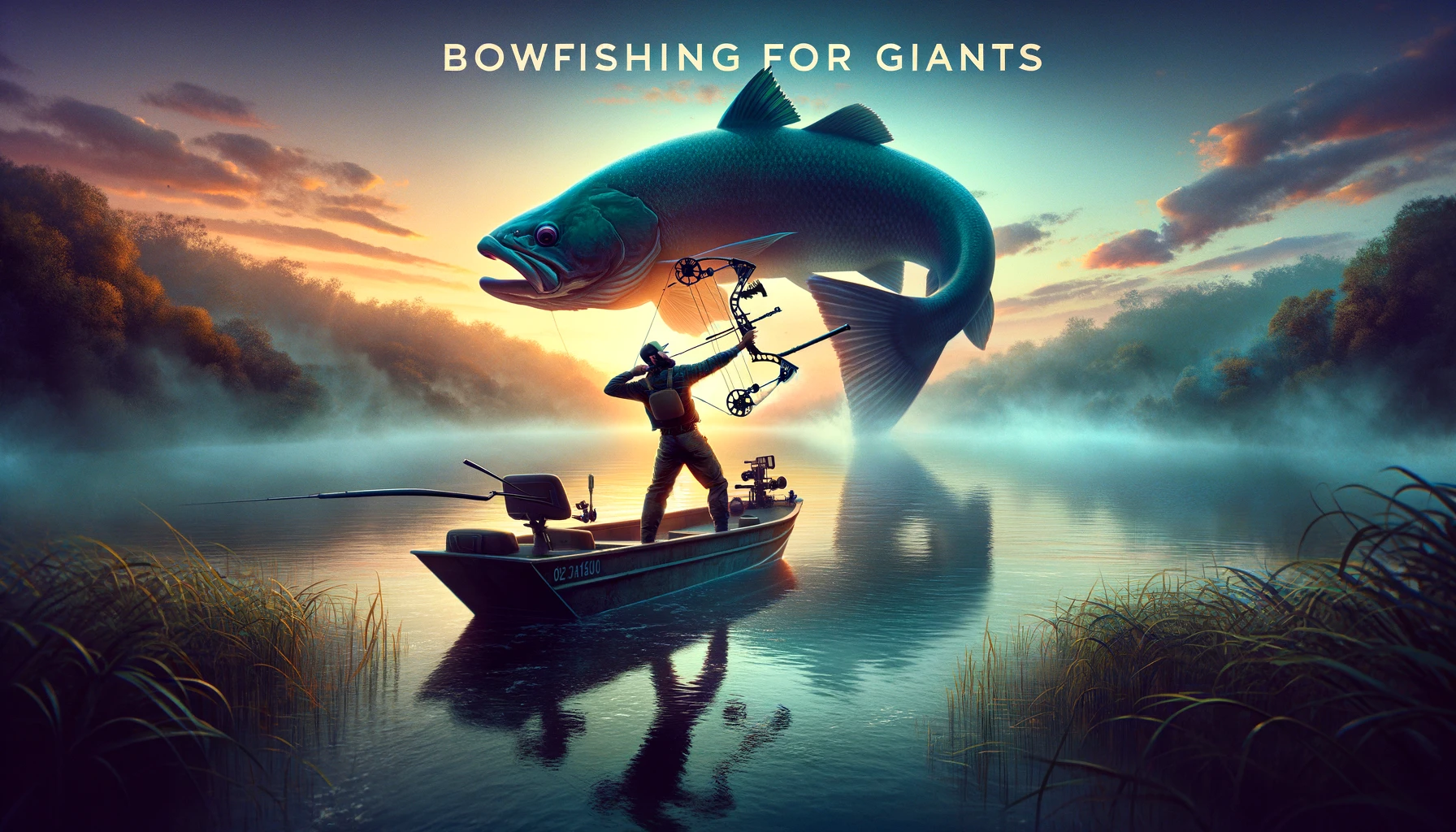
Bowfishing combines the thrill of hunting with the skill of archery and the excitement of fishing, creating an adrenaline-pumping sport that’s gaining popularity among outdoor enthusiasts. Whether you’re a seasoned bowhunter looking for new challenges or a novice intrigued by the idea of arrowing aquatic giants, this comprehensive guide will walk you through the essentials of bowfishing. From mastering techniques to uncovering the best tips and sharing tales of unforgettable adventures, let’s dive into the exhilarating world of bowfishing for giants.
Table of Contents
Bowfishing is an ancient practice that has evolved into a modern sport, where archers use specialized bows and arrows to target fish in freshwater or saltwater environments. Unlike traditional fishing, bowfishing doesn’t rely on bait or fishing rods; instead, it demands precision, patience, and the right equipment to successfully land a catch.
Before we embark on our bowfishing journey, let’s gear up with the right equipment. A successful bowfisher needs:
The habitat of your target species dictates the best bowfishing locations. Shallow, clear waters are ideal for sight bowfishing, allowing you to spot and stalk your prey. Nighttime bowfishing under lights is also popular, revealing the underwater world in a whole new light.
Bowfishing techniques vary based on the environment, target species, and personal preference. Here are some essentials:
Bowfishing can lead to some of the most memorable adventures. Whether it’s the thrill of landing your first carp or the challenge of targeting elusive species like alligator gar, each outing offers its own story. Sharing these tales not only celebrates the sport but also inspires others to join in and experience the thrill themselves.
Bowfishing for giants is more than just a sport; it’s an adventure that combines skill, patience, and respect for nature. As you refine your techniques and gather tales of your own, remember that every outing is an opportunity to connect with the natural world in a unique and exciting way. So gear up, head out, and let the waters reveal the giants waiting beneath the surface.
To truly bring this guide to life, a visually striking image that encapsulates the essence of bowfishing would be ideal. Imagine an action-packed scene: an archer, silhouetted against the setting sun, poised on the edge of a boat, bow drawn, with an arrow slicing through the air towards a shadowy figure beneath the water’s surface. This image would not only complement our guide but also inspire readers to embark on their own bowfishing adventures.
Answer: The best times for bowfishing are typically during the early morning and late evening hours. These periods offer lower light conditions, which can make fish less wary and more approachable. However, night bowfishing is also incredibly popular and effective, especially with the use of lights to spot and stalk fish.
Answer: Yes, you can use a regular hunting bow for bowfishing by attaching a bowfishing reel and using appropriate arrows. However, specialized bowfishing bows are recommended for their durability and design, which are better suited to the unique demands of the sport.
Answer: One of the biggest challenges in bowfishing is compensating for the refraction of light in water, which makes fish appear at a different depth and position than they actually are. Mastering the skill of aiming below the visible target is crucial for success.
Answer: Yes, in most locations, a fishing license is required to bowfish. However, regulations vary by region and the type of water body, so it’s important to check local laws and regulations before heading out.
Answer: Practicing bowfishing without water can be challenging, but you can work on your draw, aim, and release techniques with a target practice setup. Use targets at various heights and distances to simulate the angles and challenges of shooting at fish. Some bowfishers also practice by placing targets in a pool or shallow water to better simulate actual conditions.
A hunting rifle is more than just a tool it’s a trusted companion in the…
Choosing the best tree stands under $300 is one of the smartest investments a hunter…
When dark clouds roll in and rain starts falling, many hunters pack up their gear…
Competitive shooting requires skill, precision, and the right equipment. Whether you're a seasoned competitor or…
The world of archery is undergoing an exciting evolution. What once were purely mechanical tools…
Welcome to the latest 2025 hunting-season guide, tailored for readers of TheShootingGears. Whether you’re carving…
This website uses cookies.